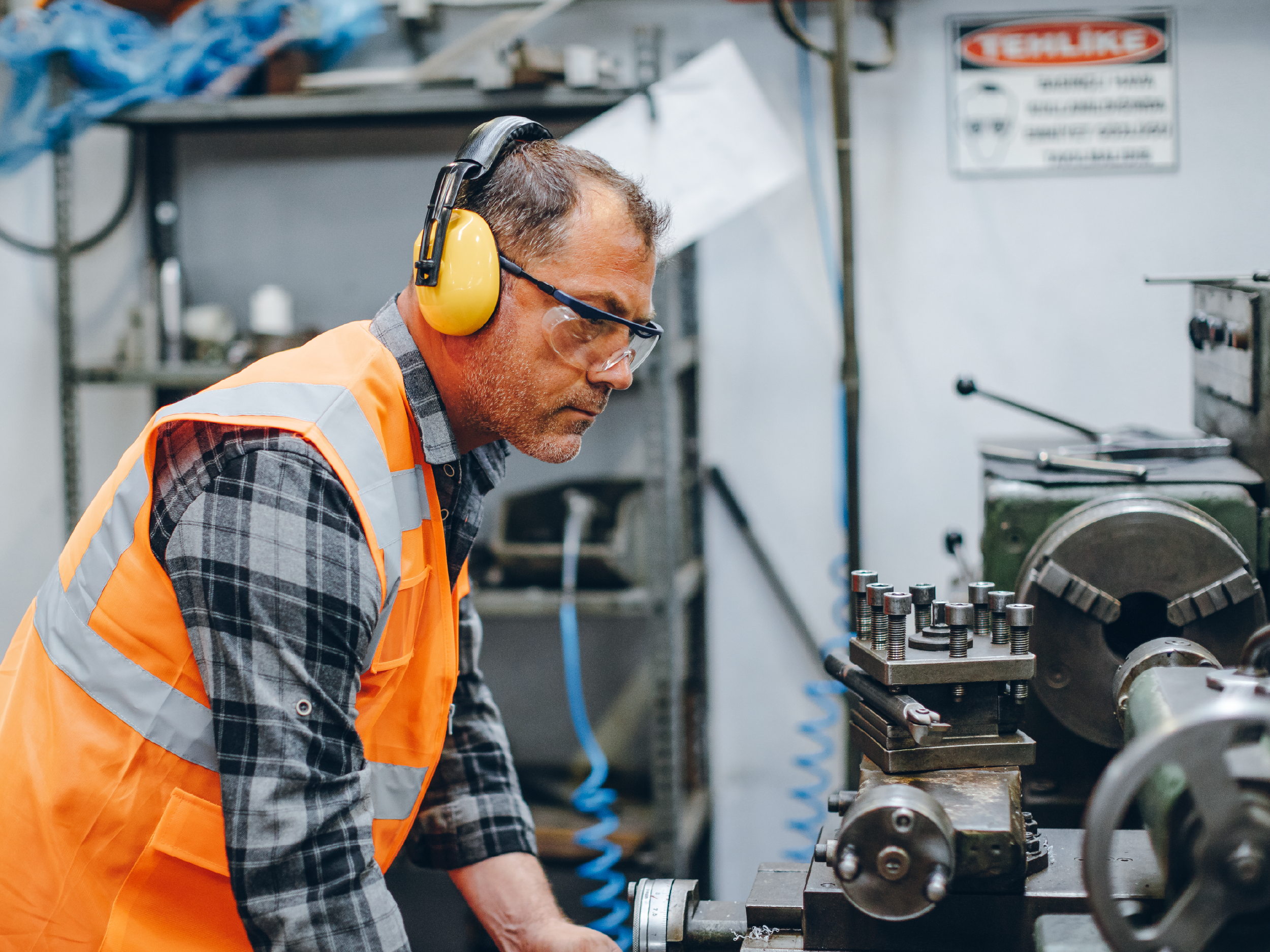
In many industries, employees are exposed to high levels of workplace noise that can lead to hearing loss over time, impacting an individual’s ability to hear clearly and communicate effectively.
Occupational noise-induced hearing loss (NIHL) is a significant workplace health concern, and employers have a responsibility to protect their workers from these risks. Australian regulations require certain employers to complete mandatory noise monitoring activities or risk heavy fines for non-compliance.
Understanding noise exposure in the workplace
Excessive noise exposure is a common hazard in industries such as construction, mining, manufacturing and transportation.
In Australia, prescribed workplaces must provide hearing assessments for workers exposed to high noise levels. A prescribed workplace is one where workers experience:
For businesses operating in New South Wales, Queensland and Western Australia, compliance with noise regulations is crucial to avoid legal penalties and, more importantly, to protect employees from long-term hearing damage.
Common noise risk factors
Your workplace may exceed safe noise levels if:
Audiometric testing: the key to noise risk management
Audiometric testing is mandatory for prescribed employers and helps to track changes in workers’ hearing over time. The testing process follows a structured timeline:
Employers must ensure that these tests are conducted at approved locations with trained audiometry operators.
Screening audiometry for workplace safety
Screening audiometry, also known as pure tone audiometry, is a popular test run often run at pre-employment stage during the recruitment process. It is a basic hearing test that determines whether an employee meets a specific hearing standard for their job. While not legally required, many employers choose to include this test as part of pre-employment medical screenings, particularly in industries where hearing ability is critical (e.g., the rail sector).
Legal responsibilities and compliance
For businesses operating in prescribed workplaces, regulations mandate that employers must provide:
Failing to comply with these regulations not only puts employees at risk but can also lead to legal consequences and reputational damage for businesses. Employers should establish a structured noise management plan that includes periodic assessments and preventive measures.
Next steps for employers
You need audiometric testing if noise exposure reaches:
You can measure noise levels with:
Your workplace may exceed safe noise levels if:
3. Conduct a workplace noise assessment
4. Implement hearing testing (if required)
If you are unsure whether your workplace requires occupational noise monitoring, seek expert guidance. Conducting noise assessments can help determine your workplace’s exposure levels and ensure compliance with legal requirements. Additionally, consider implementing automated workflows to manage periodic medical screenings efficiently.
How we can help
We provide comprehensive occupational noise management solutions to help businesses maintain safe and compliant workplaces. Our expert team supports employers with noise assessments, pre-employment medicals, audiometry testing and compliance monitoring. With a network of trained audiometry providers, we make the process seamless, ensuring that employees receive timely hearing assessments.
Learn more about how we can help your business navigate the challenges outlined in this blog.

General enquires: 1300 851 080
Sales enquires: 1300 655 123
Website: sedgwickhealthsolutions.com.au
©2023 Sedgwick Health Solutions Pty Ltd. All Rights Reserved.